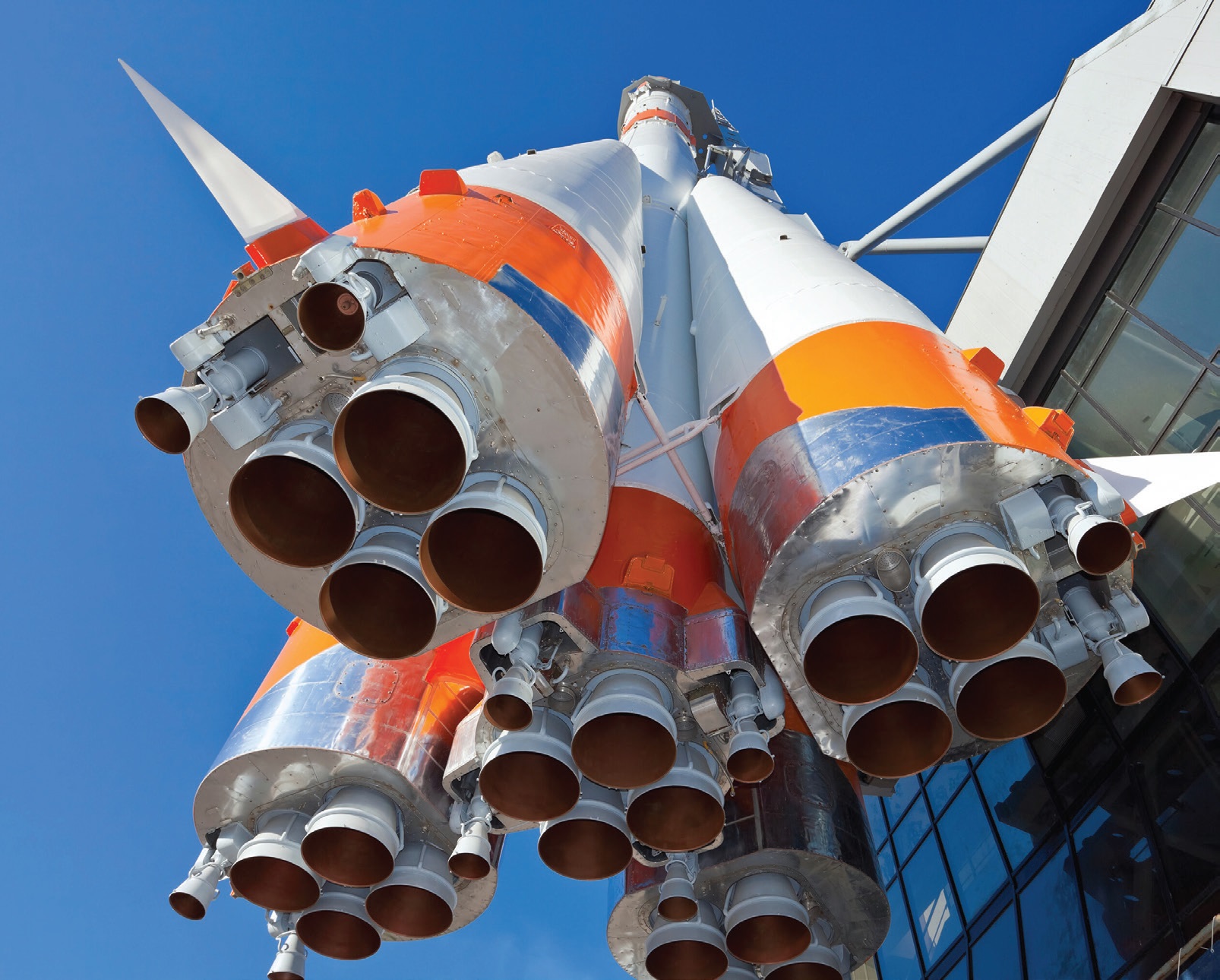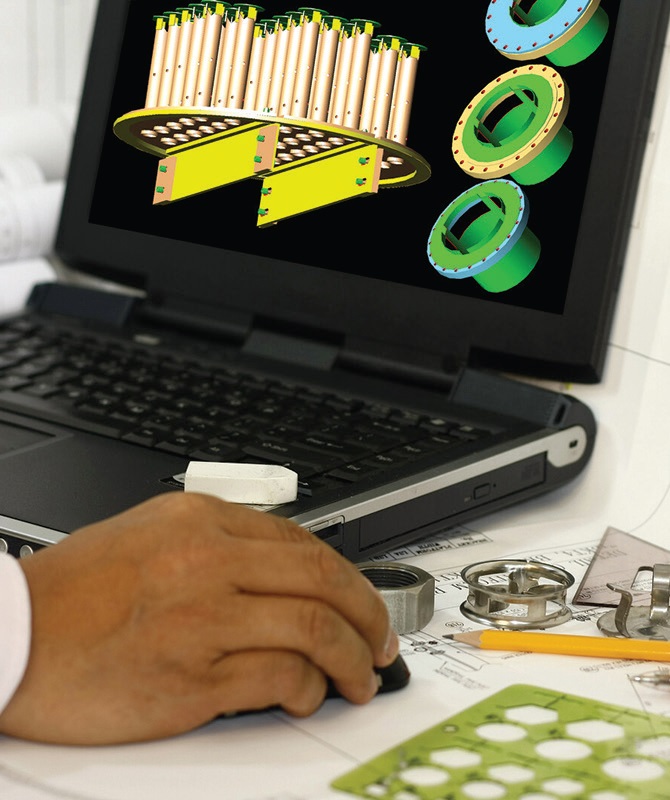Executive Summary
Computer modeling has become a big part of product development even in the lubricants industry. One TLT reader designed a test method for lubricant efficiency completely digitally, while another redesigned turbo-pump bearings for a rocket engine. Many agree that the value is high, but there are challenges to overcome. One reader said the biggest hurdle is the “Availability of robust modeling software and intelligent use of that software.” There’s a lack of knowledge and understanding on the subject, but most agree that multi-scale computer modeling is the future of computer-aided tribology.
Q.1. Please describe an instance where you used computer modeling for product development.
Oil formulating.
Statistical data analysis tools to analyze designed experiments. Used statistically massaged data sets to generate separate predictive models, then iterated to the best overall solution (balancing cost and performance).
I used JUMP for DOE in the product formulation development.
Very few in cases of lubricants development.
None. Mainly have worked in research and testing, not in product development.
Computer modeling has become an integrated part of our new product development, from designing new lubricant molecules, to predicting performance of finished products, to failure analysis.
I have not used this technology, although I have read about its value.
I designed a test method for lubricant efficiency completely digitally. Then I built the equipment, and the test worked as planned.
What length scale is most relevant to your application?
Macro-scale
16%
Micro-scale
26%
Nano-scale or lower
13%
Multi-scale
45%
Based on responses sent to 15,000 TLT readers.
I did extensive modeling of lubrication for textured surfaces in graduate school. The goal was to find optimum texture parameters to maximize lubricant film thickness and minimize wear for application in prosthetic hip implants.
Just to give value-added services and afterward for verifications.
Computer modeling is widely used in any mechanical components that involve lubrication and tribology. Practically all engine frictional components and gearboxes use elastohydrodynamic lubrication (EHL) calculation and modeling.

Never have. The model is only as good as the programmer, and the programmer is only as good as the chemical engineer, of which many lack the correct understanding of product development. The ones that understand how to do so wouldn’t waste their time computer modeling.
We don’t do specific product development. We use Abaqus for the simulation of seals.
When we want to model and simulate the real-life process to see how it will behave.
A few different models depending on the lubricants testing.
Redesigned turbo-pump bearings for SpaceX rocket engine.
Computational fluid dynamics modeling to ensure bearing design/lubrication acceptability.
KISSsoft frictional moment simulation/calculation.
I used computer modeling to simulate the centrifugal casting of turbine blades for aeroengine applications.
I have never used a computer for modeling or product development.
Only computer-aided design drawings for machines or wear samples.
Chemometric analysis of FTIR data to provide modeling for addition analysis parameters.
Q.2. In your opinion, what is the biggest hurdle computer-aided tribology faces?
Quality of the input. Get that right, and the output will be good.
Availability of robust modeling software and intelligent use of that software.
It’s an old industry rooted in its old thinking ways. Many people I talk to are interested but are unfamiliar with how to implement it.

Computers have been of great importance since WWII and will be more important in the future. The biggest hurdle is to model the lubricant in a physically sound way on a molecular scale. That has taken too much computing power until now.
Having the necessary resources to be able to acquire the necessary software and manpower to get it done.
Accounting for all the different variables needed to fully describe a tribosystem, and then deciding whether or not each one has a major influence in the system of interest. Models and predictive tools vary in accuracy and relevance depending on the nature of the problem under consideration. One universal model will not fit all tribosystems, and models might only work within a limited range of conditions, if at all.
Historically, lubricant development heavily relies on extensive testing. Commercial products have to pass numerous viscometric and sequence tests. Many are very skeptical about the accuracy and reliability of the predictions made by computer modeling. Better communication to get management on board and understanding the importance of modeling is critical.
We still don’t know very much about this stuff.
Lubrication equations such as the Reynolds equation are only valid for full-film lubrication regimes, but many real applications occur in the boundary and mixed lubrication regimes.
We need more models that can account for both lubricant film pressure and solid-on-solid contact occurring in the same bearing.
In productions and specifications.
Mixed lubrication and asperity contact model, surface finish change during operation and lubricant rheology.
Software expense—although there are open source alternatives.
Forces and tensions can already be calculated quite well. The computer models fail under mixed friction conditions.
To have design methods.
Being able to input truly accurate baseline condition data (i.e., it can’t just be bulk data but has to represent the most minute areas).
The program aspect of the process in order to determine the modeling and simulation.
Do you think multi-scale computer modeling is the future of computer-aided tribology?
Yes, definitely
39%
Yes, sort of
39%
No, not really
16%
No, definitely not
6%
Based on responses sent to 15,000 TLT readers.
Does the model fit real-life applications?
Field data, material behavioral data, performance test results to final systems and their simulation logic (matching tribology concerns or just how to manufacture).
Though computer-aided tribology has advanced, in my opinion, some work is still needed in the area of friction assessment, particularly in differentiating sticking friction from sliding friction during machining operations.
Too many variables in tribological situations.
Lack of knowledge and understanding.